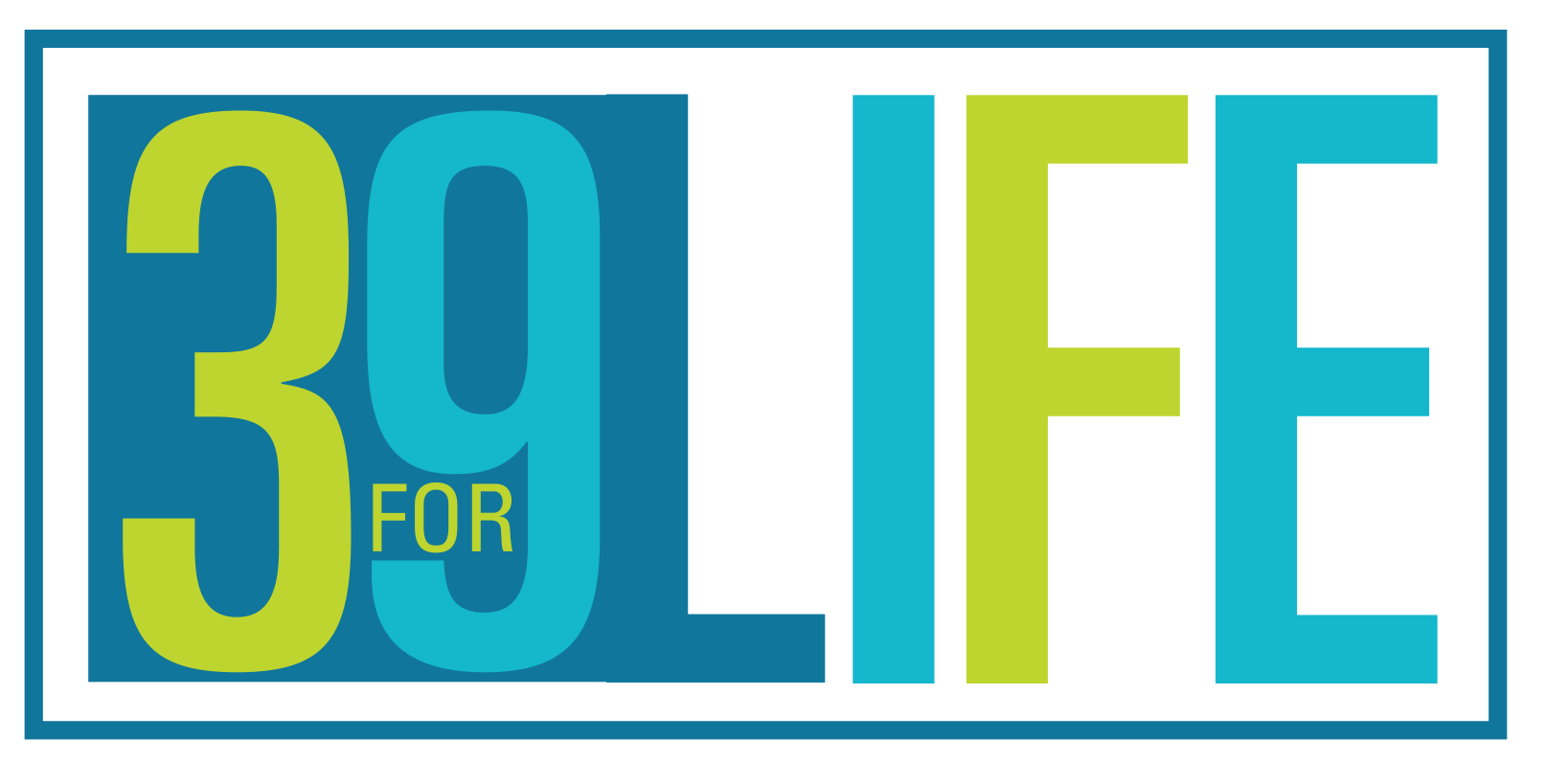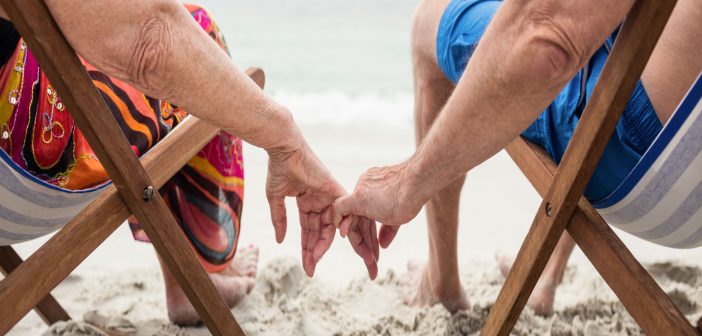We are often encouraged to get outside and take in some fresh air and sunshine as a way to promote good health. But for many people, an afternoon in the sun can mean cloudy days ahead from painful sun exposure. That’s because their medications create a heightened sensitivity to sunlight. Many medications for allergies, acne, blood pressure, antibiotics, among others, contain ingredients that heighten photosensitivity.
“Photosensitivity (or sun sensitivity) is inflammation of the skin induced by the combination of sunlight and certain medications or substances,” explained health contributor John P. Cunha, DO, FACOEP. “This causes redness (erythema) of the skin and may look similar to sunburn.”
Related link: 5 healthy tips to help you live longer and stronger
In other words, it hurts. After talking with your doctor about the possible side effects of your medication, here are four ways to enjoy the summer sun without getting burned.
1.Cover up
One of the most effective ways to avoid damaging sun exposure is to wear clothing that covers the areas often exposed to sun’s rays. The Skin Cancer Foundation recommends synthetic fibers, such as polyester, lycra, nylon, and acrylic, which are more protective than bleached cottons. Also linen may be airy and comfortable when the temperatures are high, but it tends to absorb rather than reflect UV rays.
Also, keep in mind the areas most often overlooked that are vulnerable to sunburn. According to the Kelsey-Seybold Clinic, these areas include the sides of your face, the back of your neck, your hair part, neck and chest areas, and your feet.
2. Slather up
Those using acne medications, such as benzoyl peroxide, topical retinoids, or alpha hydroxy acids know these medications make their skin highly sensitive to the sun. So along with using them, it’s recommended they use loads of sunscreen. But how much is enough?
Related link: Cool ways to prevent heat exhaustion
“To achieve the Sun Protection Factor (SPF, which protects against the sun’s UVB radiation) reflected on a bottle of sunscreen, you should use approximately two milligrams of sunscreen per square centimeter of skin,” explained Elizabeth K. Hale, MD. “In practice, this means applying the equivalent of a shot glass (two tablespoons) of sunscreen to the exposed areas of the face and body – a nickel-sized dollop to the face alone. If you’re using a spray, apply until an even sheen appears on the skin.”
3. Drink up
Whether you are taking medications or not, staying hydrated is standard practice for outdoor enthusiasts and sun worshippers of all ages. With 60 percent of our bodies comprised of water, keeping the body hydrated is a constant need.
According to the Mayo Clinic, “Every day you lose water through your breath, perspiration, urine and bowel movements. For your body to function properly, you must replenish its water supply by consuming beverages and foods that contain water. Health contributor Kelly Fitzpatrick says that means about 3.7 liters or 16 cups of water per day for adult males and about 2.7 liters or 11 cups of water per day for females.
4. Pack up
“At Draper Rehabilitation and Care Center, we enjoy providing fun activities, but we also understand the importance of residents staying safe during the hot summer months, said Stephanie Nelson, Director of Activities. “Many common medications create a higher sensitivity to sunlight. We monitor our residents’ medications, and when we plan outdoor events, we make sure to avoid the hottest times of the day. Then, we wear our hats and grab plenty of water to stay hydrated and sheltered from the sun.”
Most experts agree the time of day when the sun is the strongest is between 10 a.m. and 4 p.m.. Also don’t be fooled by the overcast days. The risk of sunburn is still possible, especially for those taking medications that increase sun sensitivity.
According to the Skin Cancer Foundation, “Up to 80 percent of the sun’s UV rays can pass through clouds. This is the reason people often end up with serious sunburns on overcast days if they’ve spent time outside with no sun protection.”
We need our medications to improve or sustain our health. But that doesn’t mean we need to hide in the shade. By taking measures to cover up, use sunscreen, drink fluids, and avoid the times of the day when the risk of sun damage is most likely, we can enjoy a day of fun in spite of the sun.
A version of this article was published by the Daily Herald. It has been republished here with permission.




